SNAP Cuts Could Raise Food Costs for Everyone

Here’s something that might surprise you: the House-passed Republican reconciliation plan would cut nearly $300 billion from the Supplemental Nutrition Assistance Program (SNAP) through 2034, based on Congressional Budget Office (CBO) estimates — by far the largest cut to SNAP in history. These aren’t just numbers on paper that affect other people. When SNAP gets slashed, grocery stores lose customers with spending power, which means less demand for food overall. “For every additional dollar of SNAP spent in the downturn, you get about $1.54 in economic activity,” Waxman said. Think of it like removing a bunch of customers from your local grocery store – eventually, those higher costs get passed on to everyone else. The Supplemental Nutrition Assistance Program, or SNAP, may be cut about 30% under the terms of the bill, which would be the “biggest cut in the program’s history,” according to Ty Jones Cox, vice president for food assistance policy at the Center on Budget and Policy Priorities. Yet cuts to the program proposed by the House — which would shrink the program’s funding by about $300 billion through 2034 — would put those benefits at risk. SNAP, formerly known as food stamps, currently provides food assistance to more than 40 million individuals including children, seniors and adults with disabilities. When you take away that purchasing power from the food system, prices don’t magically go down for the rest of us.
States Will Pick Up the Tab – Or Cut Benefits

But now, Republicans in Congress are looking into forcing states to pay for 5 to 25 percent of SNAP funding in a move experts warn could force state governments to remove individuals from the food assistance program, leave local budgets with massive shortfalls, and hurt the food producers and retailers that serve them. On Monday night, the House Agriculture Committee released its budget bill, which includes a provision outlining that, starting in 2028, all states will have to pay at least 5 percent of their SNAP benefit allotments. Additionally, states would be required to immediately begin paying 75 percent of administrative costs if the legislation is passed. Here’s what’s really wild about this: States pay half of the program’s overhead now and do not contribute to benefits. So we’re talking about a massive shift in who pays for America’s food assistance. If these changes become law, they would force 28 states and territories to pay for 25 percent of their SNAP costs, according to fiscal 2023 data from the Agriculture Department. “States will do different things depending on their positioning, but I don’t see any scenario where they’re able to avoid significantly cutting SNAP,” she said. When states can’t afford these new costs, guess what happens? People lose benefits, and everyone else pays more at the grocery store.
Your Daily Food Budget Takes a Hit
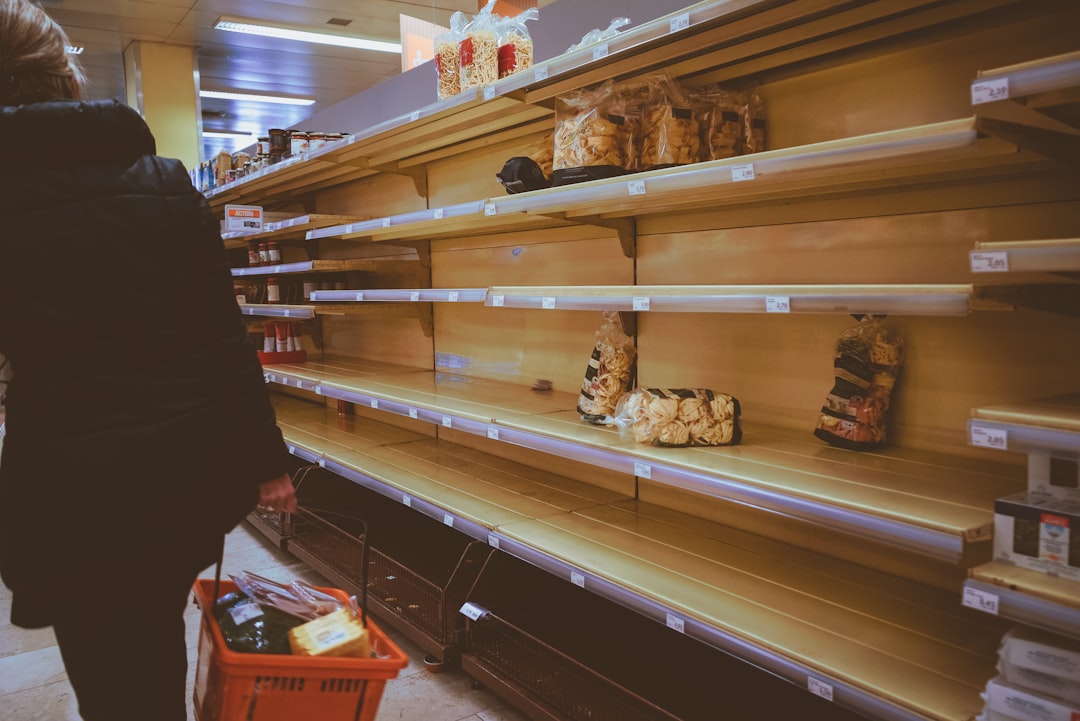
Let’s talk real numbers that hit your wallet directly. The average SNAP benefit in fiscal year 2026 is projected to be only $6.40 per person per day. Under this proposal, each SNAP participant would lose an average of $1.40 per day initially, cutting the daily average benefit to only $5.00 per person. Now imagine trying to feed yourself on five bucks a day – that’s less than what most people spend on a single coffee. For example, a mother with one child whose benefits get cut due to the work requirement would see the family’s food assistance fall from a maximum of $536 per month to $292 per month — a loss of $244 and not nearly enough to afford food for two people. This would cut their benefit to $4.87 per person per day. When millions of families suddenly have less money to spend on groceries, the ripple effects hit every shopper. An average reduction of SNAP benefits of $15 dollars per month by 2034 for every single SNAP participant (more than 42 million Americans, currently) by 2034 as a result of the cuts to the Thrifty Food Plan (TFP). That’s $15 less per month flowing into grocery stores from each of the 42 million Americans who rely on SNAP.
Rural Grocery Stores Could Close

“In all my years of business, I don’t remember laying anybody off,” said Jimmy Wright, owner of an independent grocery store in Opelika, Alabama, who makes a third of his business from SNAP. This hits rural America especially hard, where small grocery stores often depend on SNAP customers to stay afloat. In lower-income rural areas, for example, rural grocery stores that rely on SNAP customers would see food spending go down. “It has all these ripples that will hurt a lot of people other than just the people who are on the program,” Waxman said. When these stores close, entire communities become food deserts where the only options are expensive convenience stores or long drives to the nearest supermarket. Farmers and grocers have raised the alarm over the potential changes, noting that a reduction in program funding could threaten the hundreds of thousands of jobs and billions of dollars in wages and tax revenue that purchases using SNAP benefits support, according to an analysis conducted by the National Grocers Association. Fewer grocery stores means less competition, and less competition usually means higher prices for everyone else.
Work Requirements Create More Problems Than Solutions
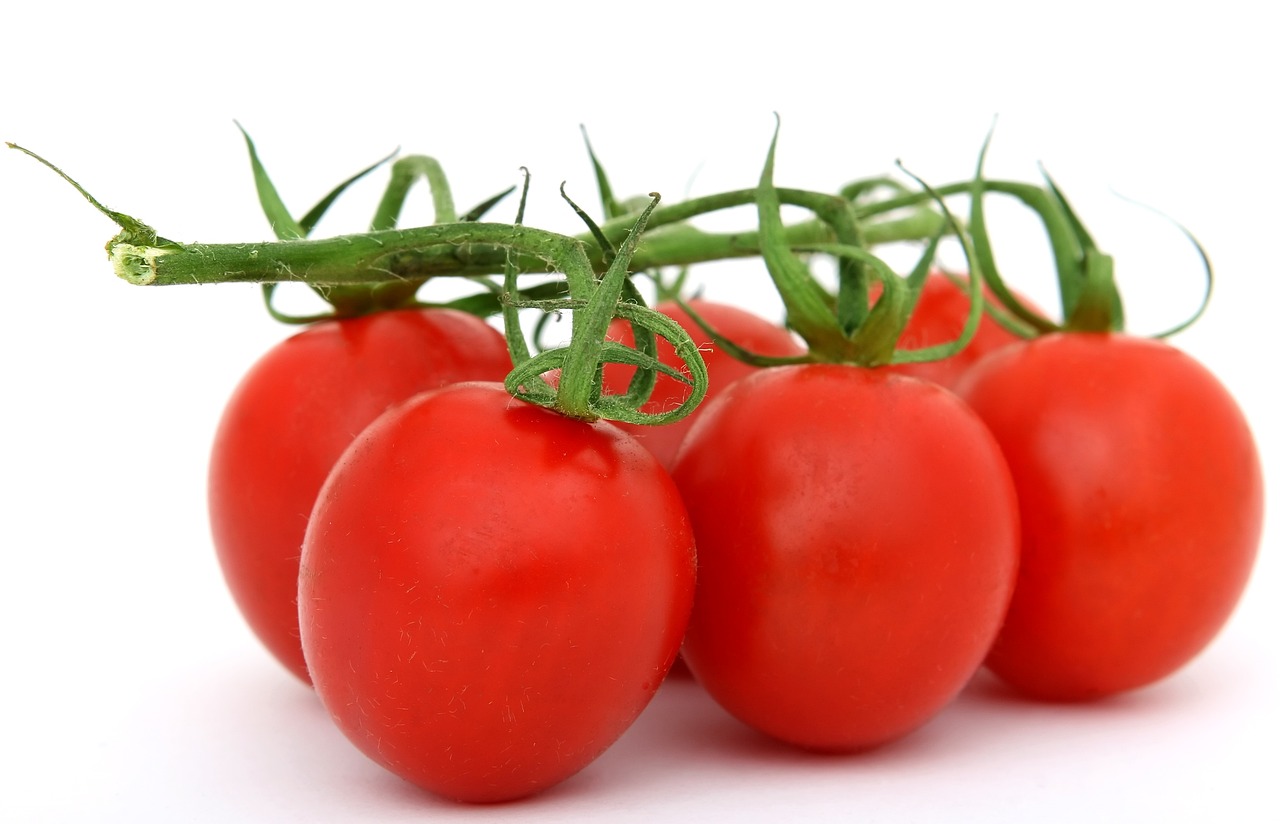
About 3.2 million adults would be cut off SNAP in a typical month, CBO estimates, under the legislation’s significant expansion of SNAP’s already harsh, ineffective, and red tape-laden work requirement. The new rules would be brutal. It would make it harder for states to qualify for waivers, and change requirements that currently apply to all SNAP recipients 15 to 60 years old to apply to participants between 17 and 65. And the bill would increase the number of people who qualify as “Able Bodied Adults Without Dependents,” who are subject to stricter requirements, extending their qualifying age from 54 to 64—and by including adults with dependents who are over seven. Here’s the kicker: Multiple studies have shown that SNAP’s work requirement takes food away from people without leading to increased employment or earnings. That suggests that the vast majority of those 3 to 3.5 million people would lose the assistance they need to buy groceries without any improvement in their employment prospects. Terminating SNAP for these 3.2 million adults, which includes 1 million older adults, 800,000 parents of school-aged children, and 1.4 million 18- to 54-year-old adults who live in areas witho When you kick millions of people off food assistance without them finding jobs, you’re not solving anything – you’re just making grocery demand plummet.
Farm Subsidies Flow to Big Agriculture
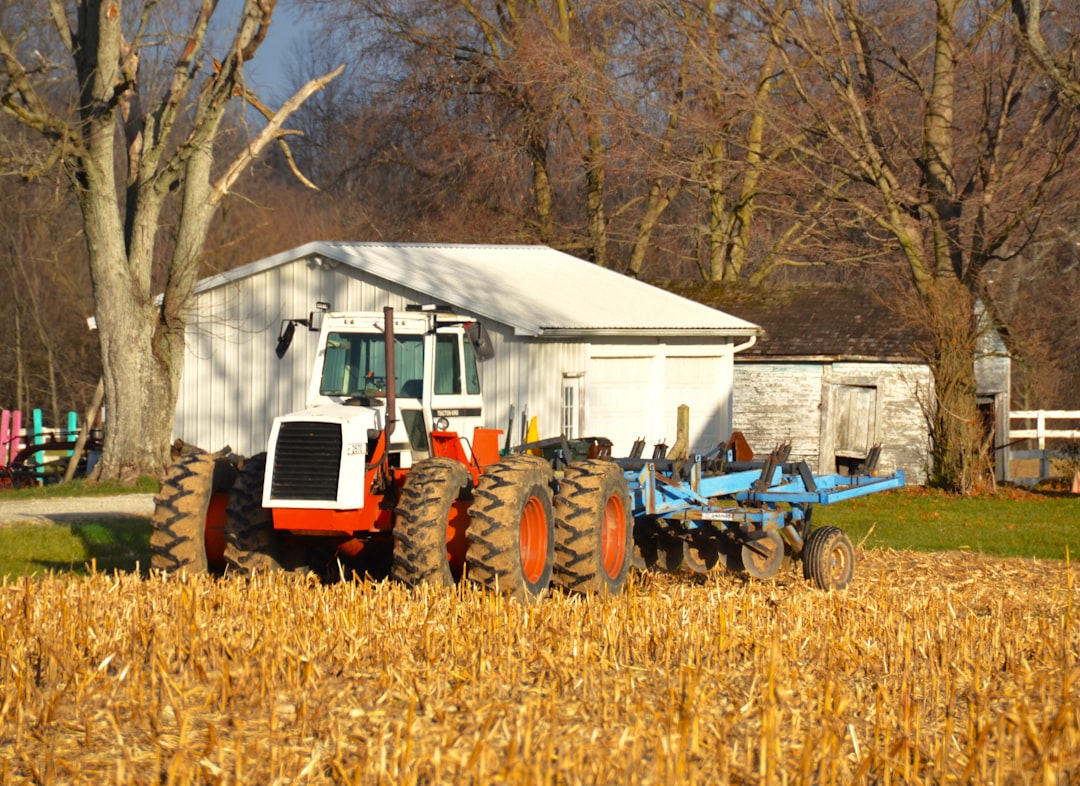
While food assistance gets slashed, Thompson (R-Pennsylvania) revealed a plan to dramatically cut federal spending on food aid while increasing aid to commodity farmers. The provisions—which lawmakers are currently working on as part of the budget reconciliation process—would cut $290 billion in spending on the Supplemental Nutrition Assistance Program (SNAP) and increase subsidies for commodity farms by about $60 bil It’s a classic case of robbing from the poor to give to the rich. Just after cutting the local food programs, USDA announced it was expediting $10 billion in direct payments to commodity farmers through the Emergency Commodity Assistance Program, which helps farmers offset high input prices and low sale prices for crops. The key driver behind the forecasted increase in 2025 net farm income is the surge in direct government payments, which are expected to reach $42.4 billion — a 354.5% increase from 2024’s $9.3 billion. This sharp rise is primarily due to ad hoc disaster relief and economic assistance included in the newly enacted American Relief Act of 2025. But here’s the thing: Subsidies for farmers averaged $16 billion per year over the past decade. As this analysis shows, however, the value of those subsidies is not uniform across crops and is highly concentrated among a select few.
Food Prices Keep Rising Despite Everything

In 2025, overall food prices are anticipated to rise at about the historical average rate of growth. In 2025, prices for all food are predicted to increase 2.9 percent, with a prediction interval of 1.6 to 4.1 percent. That might not sound like much, but it adds up fast. Although prices for all consumer goods and services have risen 23.9% since December 2019, as measured by the all-items CPI, prices for food have risen at a faster rate, as shown in Figure 1. For example, since December 2019, food prices have risen 29.5%, leading to consumer frustration with prices and affordability (see farmdoc daily June 10, 2024, and September 16, 2024). Remember, between 2020 and 2024, food prices rose by nearly 24%. The average price of food in the United States rose by 2.9% in the 12 months ending May, after posting an annual increase of 2.8% in April, according to the latest inflation data published June 11, 2025, by the U.S. Labor Department’s Bureau of Labor Statistics (BLS). As recently as August 2022, the rate of inflation for food at 11.4% was the highest since May 1979. Even small increases compound over time, especially when your grocery budget is already stretched thin.
Meat Prices Hit Hardest
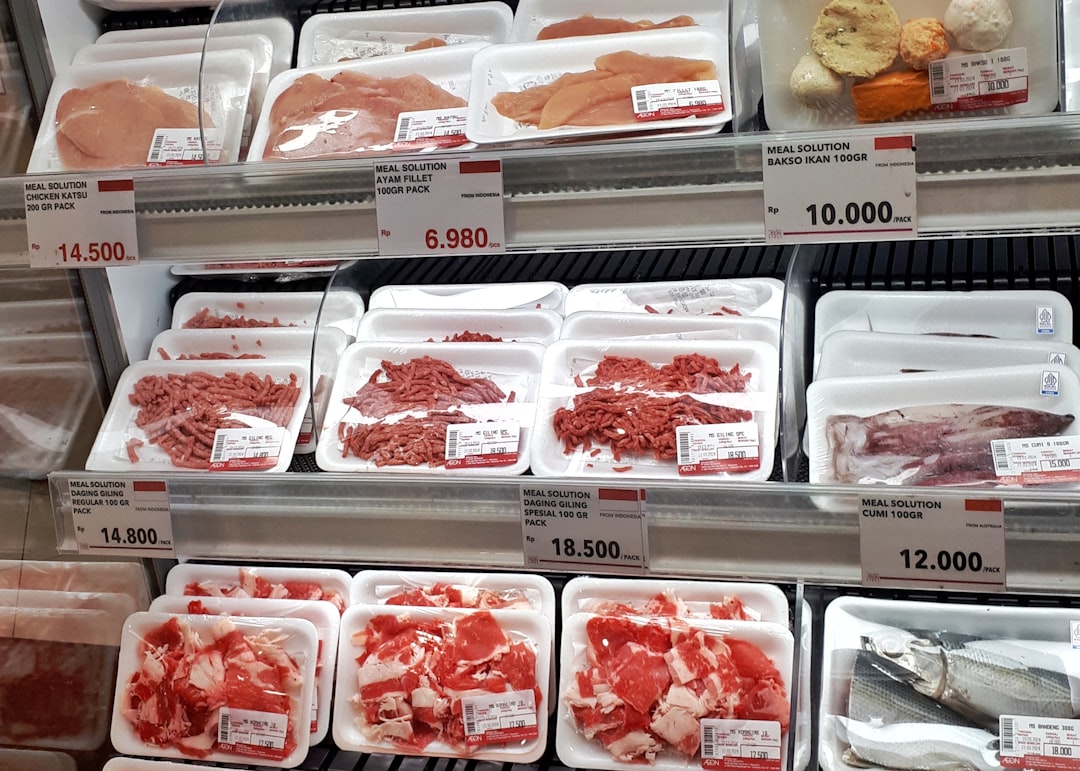
Beef and veal prices increased by 0.7 percent from March 2025 to April 2025 following an increase of 1.6 percent from February to March of this year. Prices for beef and veal were 8.5 percent higher in April 2025 than in April 2024. Beef and veal prices are predicted to increase in 2025 due to tight supplies and continued consumer demand. Beef and veal prices are predicted to increase 6.6 percent in 2025, with a prediction interval of 1.5 to 12.1 percent. That’s brutal news for families trying to put protein on the table. Farm-level cattle prices increased by 3.5 percent from March 2025 to April 2025. Prices for farm-level cattle were 13.5 percent higher in April 2025 than April 2024, as a result of tight cattle supplies from a cyclical contraction of the cattle herd. Beef and veal prices fell 0.1% in the past month. They’re 8.6% higher than a year ago. When cattle supplies shrink, beef prices soar, and there’s no Farm Bill magic that’s going to fix that anytime soon. Farm-level cattle prices are predicted to increase 12.6 percent in 2025, with a prediction interval of 3.3 to 23.7 percent. Wholesale beef prices are predicted to increase 5.7 percent in 2025, with a prediction interval of -5.6 to 19.5 percent.
Egg Prices Remain Sky-High
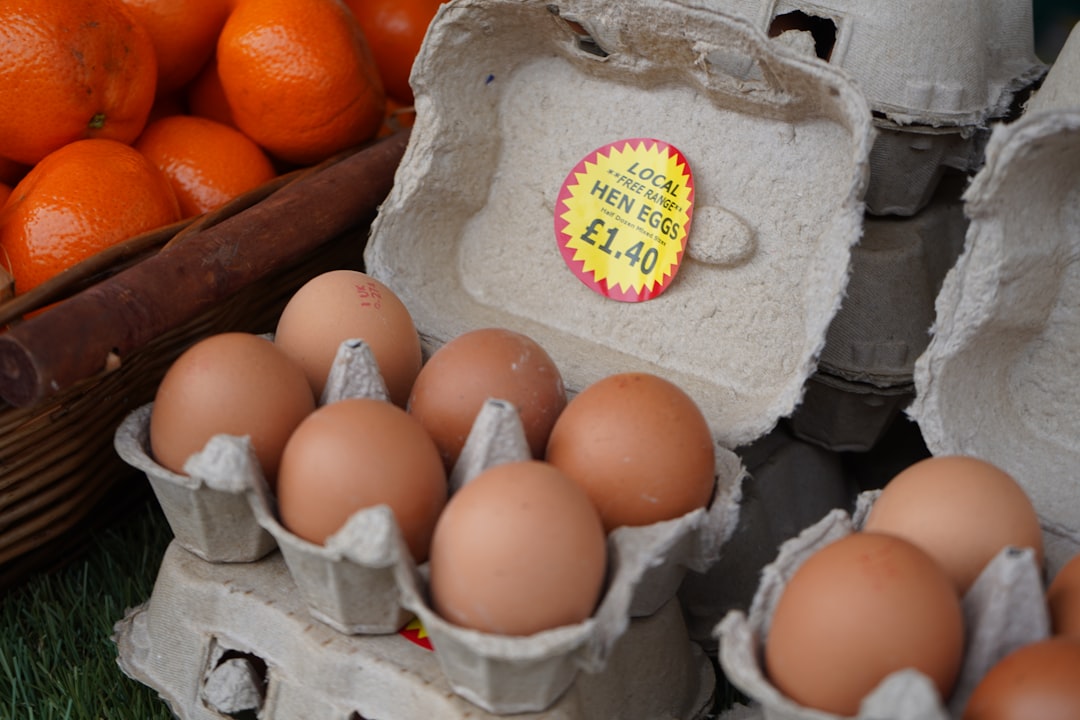
Egg prices, up 49.3% from last year, driven primarily by supply constrictions from bird-flu, also continue to be a sticking point for consumers (see Durbin, D., AP News, May 13, 2025). Bird flu keeps wreaking havoc on egg supplies, and the Farm Bill can’t solve that problem. A highly contagious and fatal bird flu first appeared in U.S. poultry at the start of 2022 and has wreaked havoc on the national population of egg-laying hens since then. Consequently, egg prices have been volatile, surging to $6.23 per dozen in March — a new record. Prices for farm-level eggs fell by 39.4 percent between March 2025 and April 2025 after falling 27.6 percent in March 2025. Prior to March 2025, prices had increased during each of the 4 previous months. In April 2025, prices for farm-level eggs were 50.0 percent higher than April 2024. Even when egg prices drop month-to-month, they’re still dramatically higher than they were a year ago. Egg prices dropped a further 2.7% in May after falling 12.7% in April, according to the report. Still, eggs cost roughly 41.5% more than they did a year ago.
Coffee and Beverages Cost More
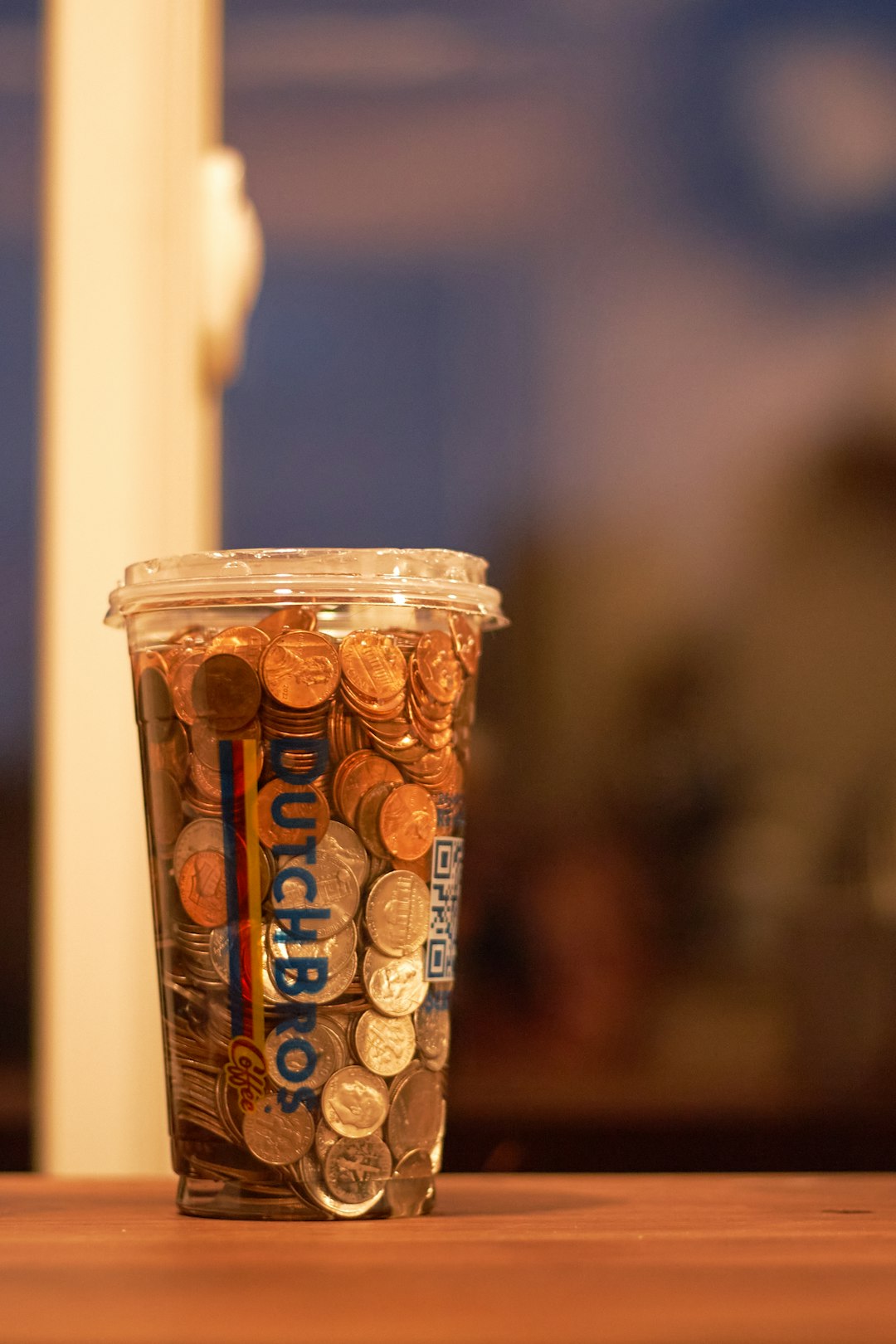
In 2025, prices for nonalcoholic beverages are predicted to increase at higher-than-average rates due to the higher global price of coffee, as are juice prices from lower domestic citrus production due to citrus greening and hurricane damage. Prices for nonalcoholic beverages are predicted to increase by 4.2 percent in 2025, with a prediction interval of 2.2 to 6.3 percent. Your morning coffee habit is about to get more expensive, and it’s not just because of fancy baristas. Coffee prices rose 1.2% in April and 11.5% in the past year. Prices for nonalcoholic beverages were 3.2 percent higher in April 2025 than April 2024. Between hurricanes destroying citrus crops and global coffee prices going nuts, your drink budget is taking a hit. In 2025, prices for nonalcoholic beverages are predicted to increase at higher-than-average rates due to the higher global price of coffee, as are juice prices from lower domestic citrus production due to citrus greening and hurricane damage. Prices for nonalcoholic beverages are predicted to increase by 4.2 percent in 2025, with a prediction interval of 2.2 to 6.3 percent. The Farm Bill isn’t going to fix Florida’s citrus problems or global coffee supply chains anytime soon.
Small Farms Lose While Big Farms Win
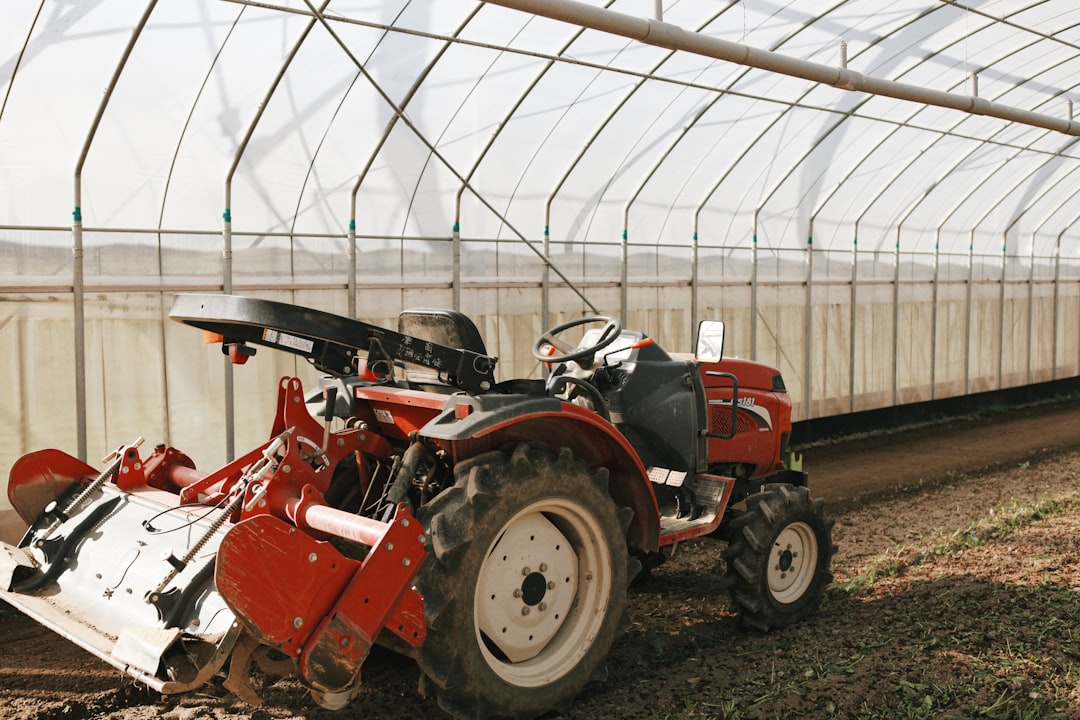
The Trump administration, though, has cut the funding that went to thousands of small farms, saying that it’s instead “prioritizing stable, proven solutions that deliver lasting impact.” This is where things get really backwards. The local food programs were initially funded by 2021’s American Rescue Plan Act but were later expanded by the Biden administration. A reduction in SNAP “would be a significant loss to our business,” said Kaitlyn Kimball, who runs a vegetable farm in Naugatuck, Connecticut. SNAP, she said, makes up between 5 and 10 percent of her sales every year between her farm stand and sales to farmers markets, school districts and grocery stores. Andrew Dickinson, who owns the farm with his father, said the federal local food program also helped reduce food waste. Farmers were able to get fair market prices for vegetables with cosmetic damage or fruits deemed too small or large for grocery store shelves. Dickinson said the federal program has provided a reliable marketplace for small operators that otherwise depend on more inconsistent sales streams like farmers markets. Meanwhile, The high number of planted soybean acres is likely the result of rising market prices and financial returns for farmers, surpassing that of corn for most of the past decade. Corn is also the largest crop in terms of sales, accounting for 26.5 percent of total crop sales. Soybeans are close behind at 20.8 percent of total crop sales. Big commodity farms get billions while small farms that grow actual food for people get cut.
Internet Costs Add Up for Families

The bill would block a revision to the SUA to incorporate the cost of basic internet service from going into effect on October 1, 2025. This would lower future benefit allotments for many SNAP households. Prohibiting this change from going into effect would cut SNAP food assistance by roughly $10 per month for roughly 65 percent of SNAP households (about








